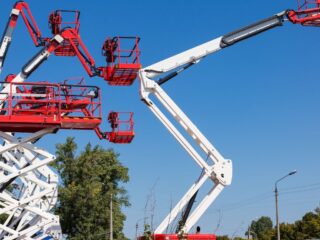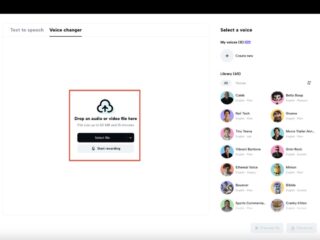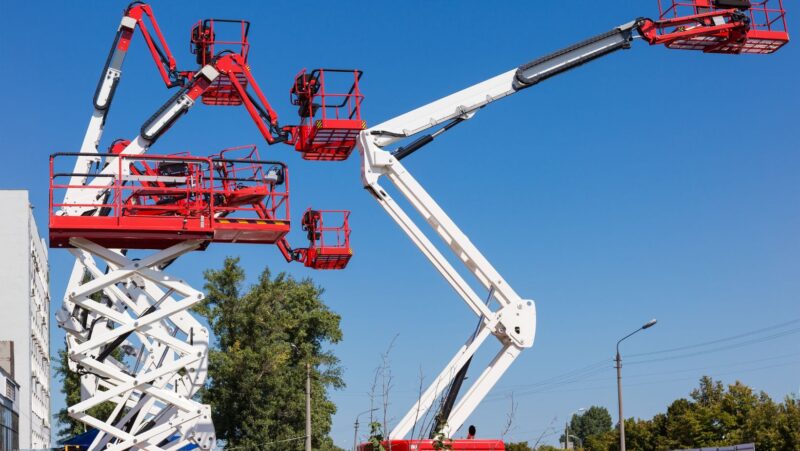
Today’s business landscape looks entirely different than in the not-so-distant past, albeit hectic, intense, and moving more rapidly than companies can keep up. Staff business hours are rarely the conventional 9 a.m. to 5 p.m. schedule. Some work remotely with varied hours and workdays, while customers expect 24/7 service.
As a business leader, when you need to communicate emergency situations, critical occurrences like system shutdowns, or reminders about urgent company matters, an emergency mass notification system and software can be the ideal solution, considering the current business atmosphere.
Trying to notify each staff member when there’s a crisis when they’re scattered is difficult and budget and time-intensive. For that matter, daily communication with employees can be challenging.
This makes a central system for relaying urgent company messages crucial, not only to address those concerns but also to account for staff safety most critically. Let’s look more in-depth at an emergency mass notification system.
The Fundamentals of an Emergency Mass Notification System
While various forms of communication, including newsletters, email, website content, and other media, are available to access, they aren’t immediate enough in emergent situations, such as a possible company breach.
With employees working in a range of schedules and workdays in an array of locations, business leaders have the choice of text alerts for emergencies, sirens, or PA announcements. These are a considerable investment, and most are ineffective at going beyond a single location.
In that vein, a company needs to consider an emergency mass notification system. This solution will function to alert staff company-wide when there are urgent situations but also serve to generate effective internal communications.

These systems should use a vast media, including “digital signage, SMS messaging, and company-wide screensavers, and on.” Learn design aspects of an emergency notification system at https://www.csemag.com/articles/design-aspects-of-mass-notifcation-systems/#:~:.
What Are the Advantages of a Mass Notification System
Nowadays, solutions in the business environment are critical to reaching all staff efficiently, effectively, and rapidly, 24/7, since schedules are random. The reasons to invest in an emergency mass notification system are vast.
Timely Response
Mass notification systems enable the response team to react rapidly during crises or emergencies. Whether it’s a security breach or a system outage, the response time can make a difference in safeguarding sensitive company and consumer details and preventing their misuse.
In either situation, the quick dissemination of messaging allows the team to handle the issue sooner rather than later.
-
Efficiency is Improved
Some businesses still heavily rely on email, which does have its advantages, but it has been somewhat placed in the background. Staff members are becoming less vigilant in checking their emails, mainly because of stringent spam filters in place to counteract various scam schemes.
Moreover, some staff members are rarely at a desk; instead, they use their mobile devices on the go. In this context, employees can instantly receive and review mobile alerts within an “omnichannel” notification system.
This rapid message dissemination allows individual staff members or teams to react swiftly, resulting in the most efficient outcomes. Go here for guidance on how emergency notifications work.
-
Aligning Staff with the Company’s Values
In order for a company to grow and achieve its goals, staff need to align with those same objectives, see their vision, and adopt their values.
How does an employee learn these details about the business, particularly if they work remotely and are not a part of the day-to-day environment, are technically not part of the “inside culture.”
These individuals might be looking from the outside in, not privy to new policies that are developed or updates about goods or services. While business leaders try to keep everyone in the loop via conference calls, video meetings, email updates, and company bulletins, strategies are often summarized and are not in real time.
When using an immediate notification system, everyone is onboard in a prompt, up-to-date, concise, personalized alert. This allows all staff to be on the same page at the same time.
-
Safety, Security, and Protection
Natural disasters happen without warning, with some locations more prone to particular situations like earthquakes, a primary concern for California residents and other West Coast areas. In contrast, the east coast often sees severe blizzard conditions. Tornadoes can strike companies in the Midwest and South.
It’s imperative that business leaders in these locations enlist the use of an emergency mass notification system to warn staff when there’s an upcoming weather threat. With this system, alerts can be relayed to everyone employed with the organization to advise them to evacuate.
Further messages can be sent to disaster response teams within the company so that they can be prepared to assist.
-
Tracking Message Deliver
When sending emergency alerts to staff members about impending threats, crises, and natural disasters, the business leader wants to know if the employees have evacuated their posts. The software available on the market nowadays supplies visual details in the form of meters and charts to track progress.

This will tell the disaster response team instantly the number of staff members who received the alters. Based on these details, the team can then send follow-up notifications with the potential to pinpoint a specific employee who may have responded for assistance.
Final Thought
An emergency mass notification system and software are a vital part of the business landscape as it is today. Companies are essentially always “on” and need to be fully prepared to communicate with employees effectively, efficiently, and rapidly in a vast range of locations 24/7.
Business leaders must protect staff’s well-being, safety, and security and can only do so if they can reach each person immediately in the event of an emergency. With the systems in place, a company can mitigate risk to operations and reduce the potential for property damage if a crisis occurs.
The notification system is an investment, but not having it can be more budget and time-intensive for a business leader trying to achieve responses in critical moments, ultimately resulting in the worst-case scenario. It seems like a practical investment.











